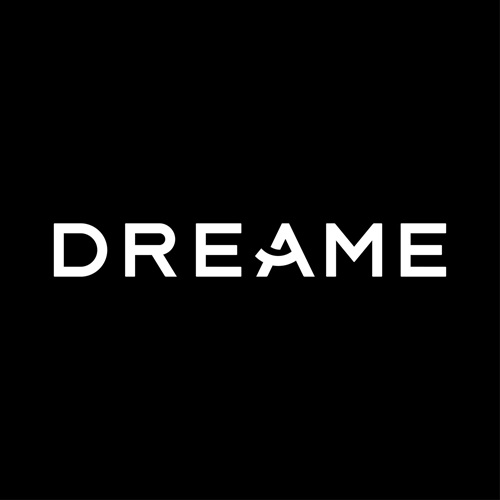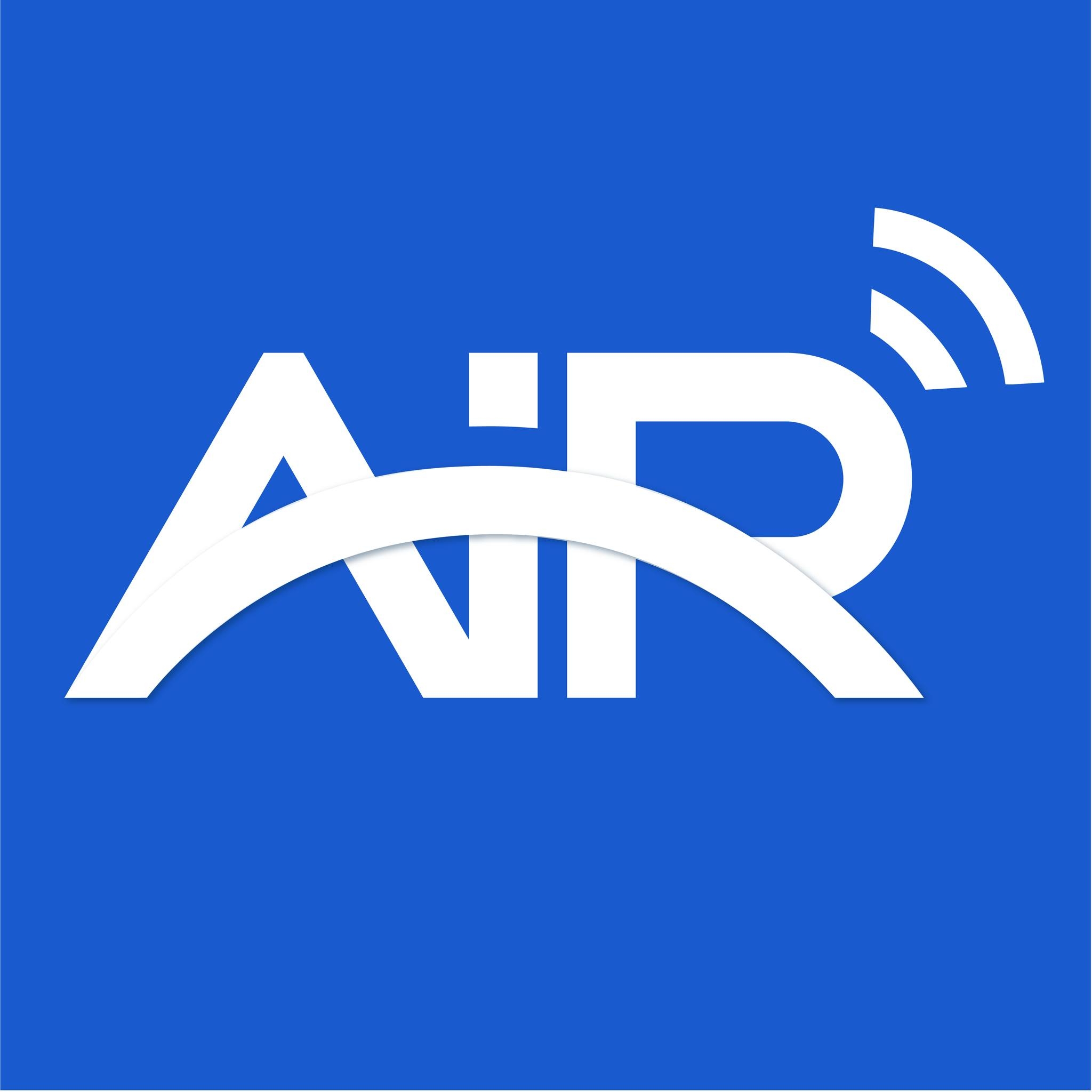
At the sharp end of the robot vacuum market, Roborock and Dreame have quietly turned into two of the most aggressive heavyweights on the U.S. market.
While both started off as Xiaomi-backed ventures, today they stand toe-to-toe offering some of the most advanced, fully automated, self-cleaning bots money can buy.
Roborock has cultivated a reputation for 'throw-everything-in' engineering, featuring monster suction, AI cameras, “do-everything-for-you” docks, and the uniquely iconic robotic arm. Dreame leans on price-efficient flagships and rapid trickle-down of headline tech.
After dozens of hours analyzing lab test results, official specs, and real-world user data across their entire U.S. lineups — from entry models to their fully loaded flagship monsters — we’re finally ready to break them down piece by piece.
This won’t be a fluffy marketing tour; we’ll cover the strengths, flaws, and everything in between. So, let’s dive in.
Affordability
Pricing between these two brands runs surprisingly close, but the value story is a bit more nuanced. Roborock’s flagship Saros Series carries a hefty MSRP near the $1,799 mark, while mid-tier options like the S8 Pro Ultra sit around $1,599 (though frequent promotions bring them closer to $1,099). Entry-level models like the S8 can usually be found for about $799, depending on seasonal deals.
What’s notable is how Roborock’s mid-tier options often deliver flagship-level autonomy (like full docks or advanced navigation) at prices just shy of the flagship, blurring the value tiers.
Dreame’s pricing strategy, however, aggressively undercuts Roborock while packing near-flagship specs. The top-of-the-line DreameBot X30 Ultra carries a $1,399 MSRP but frequently drops below $900 in promotions, while the L20 Ultra — arguably their strongest value play — sits around $999 but is commonly found in the $599–699 range. The more affordable L40 Ultra (entry) carries a surprisingly advanced spec sheet despite its ~ $599 sale prices.
In pure dollar-per-feature calculation, Dreame offers stronger affordability at nearly every tier.
🏆 Winner: Dreame
Superb price-to-feature ratio across all tiers, delivering near-flagship tech for significantly less.
Build Quality & Durability
Let’s get under the hood. Roborock earns its reputation for durability through decades of engineering maturity. The Saros 10 introduces the unique AdaptiLift™ chassis — an adaptive three-wheel design that helps the robot lift itself over high thresholds without compromising structural integrity. Internal components are rated for "tens of thousands" of docking cycles, and premium materials are used across the dustbin, filters, and base modules. Even mid-tier models maintain excellent build consistency, tight fittings, and reduced vibration under high suction.
Dreame also shows strong engineering, but with some variances depending on model. The X30 Ultra’s full-metal brush gears and carefully sealed base station feel extremely robust, Mid-tier models like the L20 Ultra bring excellent material quality to the table but sometimes feel less rigid in body panels compared to Roborock’s high-precision molds. Entry-level L40 Ultra remains impressive given price, though side brush motors and mop plate assemblies exhibit lighter-duty plastic usage.
🏆 Winner: Roborock
Edges ahead slightly with superior material consistency and long-term mechanical robustness.
Products Variety
Both brands have built seriously packed lineups that pretty much cover anyone who's even thinking about buying a robot vacuum — whether you're hunting for a budget-friendly helper or a full-blown, do-it-all flagship.
Roborock flexes with models like the Saros 10 and Q Revo MaxV sitting proudly at the top, while the S8 Pro Ultra and Q Revo Pro hold down the upper-midrange with plenty of premium muscle.If you want a taste of high-end cleaning without completely draining your wallet, options like the S8 and Q5+ step in nicely.

On the other hand, Dreame fires right back with its own heavy hitters — the X30 Ultra and L30 Ultra take charge of the flagship scene, the L20 Ultra and L10s Ultra handle midrange duties, and models like the L40 Ultra and L10 Prime bring advanced features to more approachable price tags.
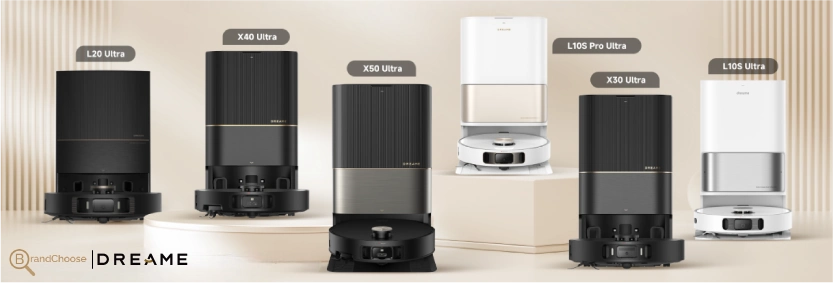
🏆 Winner: Dreame (slight edge)
More entry options & fast refresh cycles keep their lineup highly competitive.
Smart Features, Innovation & Technologies
When it comes to technological flair, both Roborock and Dreame pack their toolkits with proprietary, trademarked technologies — but they lean in different creative directions.
For Roborock, the feature list reads like a playbook of polished precision:
• PreciSense® LiDAR Navigation — top-mounted laser mapping that builds floor plans even in total darkness.
• Reactive AI™ 3.0 Obstacle Recognition — combines dual RGB cameras, structured light, and Qualcomm AP‑8053 neural processing to identify and dodge common household items (e.g. cables, shoes, socks) down to 3 × 5 cm
• RetractSense™ Navigation System — on premium Saros models, the LDS turret lowers to 7.98 cm to crawl under low furniture then raises to resume full mapping
• VertiBeam™ Side Scanning — lateral structured-light sensors for detecting edges and narrow obstacles.
.webp)
• HyperForce® suction — ultra-powerful airflow (up to 22,000 Pa) for intensive debris pickup.
• DuoRoller Riser™ Brush — dual rubber roller brushes that lift on carpets and minimize hair tangles.
• VibraRise® 2.0 Mopping System — sonic vibrating mop module (3,000 rpm, 6 N pressure) for deep grout cleaning.
• FlexiArm® Riser Side Brush — side brush extends and retracts to reach edges without tangling.
.webp)
• SmartPlan™ 2.0 — dynamically adjusts routes, suction, and mop pressure based on debris and traffic flow.
• Auto Mop Washing & Drying — self-washing mop feature, hot-air mop drying, auto water and detergent dispensing via RockDock® Ultra docks.• Matter 1.4 Support — universal smart-home protocol plus offline voice control and pet recognition snapshots via app.
• OmniGrip® Robotic Arm — on premium Saros Z70, a 5‑axis arm that picks up small objects (<300 g) from the floor..webp)
Dreame delivers a fast-paced innovation lineup, with fresh proprietary tech:
• Vormax™ Suction System — high‑rpm motor technology delivering 7,000–12,000 Pa suction (up to 20,000 Pa on X50 Ultra).
• Pathfinder™ SLAM Navigation — LiDAR mapping fused with inertial tech for accurate room mapping even in complex layouts.
• AI Action™ + 3D Structured Light — AI‑trained recognition for ~70 household object classes, allowing smarter avoidance.
• ProLeap™ System — motorized retractable legs let the robot climb thresholds up to 6 cm.
• MopExtend™ RoboSwing — mop plate swings out for edge cleaning under furniture and along walls.
.webp)
• TriCut™ Anti‑Tangle Brush — precisely cut and remove tangled hair from roller in real time.
• Anti‑Tangle Side Brush — specially designed side brush resists hair wrap.
• OmniDro™ / OmniDirt™ Detection — sensors sense dirt density to trigger extra passes.
• Auto‑Maintenance Base Station — automatic dust-emptying, mop washing (60–70 °C hot water), hot-air mop drying, water refill, and detergent dosing.
• CleanGenius™ Mode — AI manages mop paths, auto-rewash cycles when deeper cleaning is required.
• Smart Home Control — full-featured app control with schedules, no-go zones, mapping, and voice assistant support.
.webp)
🏆 Winner: Roborock
The most complete, fully integrated smart system — leading with automation depth, stability, and cutting-edge robotic handling.
Motor & Cleaning Power
Pure suction figures tell an interesting story. Roborock’s Saros 10 leads with its HyperForce® system pushing 22,000Pa, an enormous leap in raw airflow compared to earlier models. Even the mid-tier S8 Pro Ultra hits a solid 6,000Pa, and the X series comes with 10,000 Pa. However, real-world cleaning performance benefits more from the consistent brush designs, anti-tangle systems, and surface adaptation logic baked into Roborock's software. And topping them off is the Carpet Boost+ System™, which intelligently raises suction and brush speed on rugs for a 99.5% hair pickup rate.
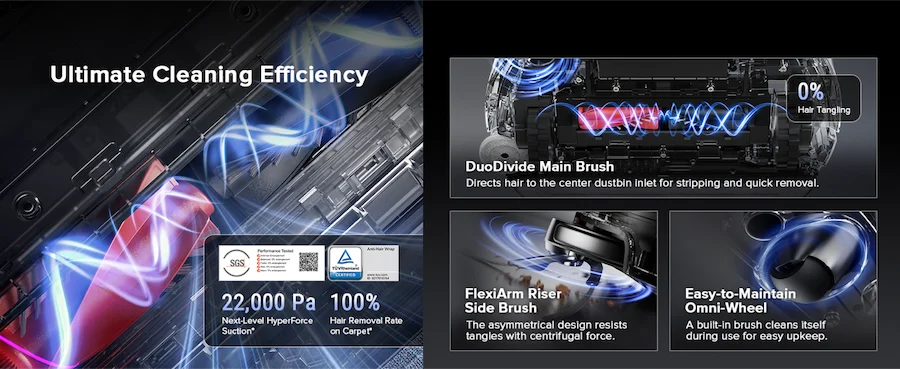
Dreame’s flagship X30 Ultra operates at 8,300Pa with its Vormax™ motor system, while the L20 Ultra pushes 7,000Pa and the surprising L40 Ultra peaks at 11,000Pa. Dreame’s suction specs are higher than Roborock’s mid-tier models on paper, though differences blur in real-world debris removal once you account for brush design, edge pickup, and multi-pass cleaning patterns. The TriCut™ Anti‑Tangle Brush, while primarily designed to prevent hair wrapping, also indirectly helps maintain suction stability on hair-heavy surfaces.
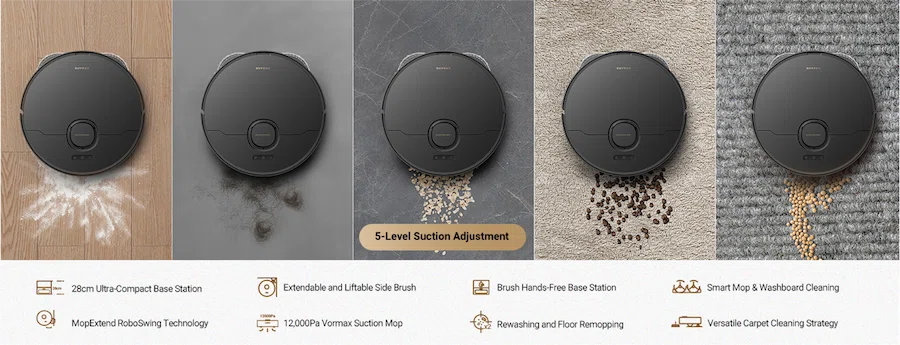
However, Roborock still edges ahead on multi-floor consistency and brush performance thanks to its Dual Roller and HyperForce® synergy.
🏆 Winner: Roborock
21st-century suction mastery meets smart brush systems, delivering consistent & deep clean performance.
Navigation & Mapping Technology
Roborock uses its PreciSense® LiDAR on mid-range models and the RetractSense™ Navigation System combined with Reactive AI™ 3.0 and VertiBeam™ for ultra-low obstacle scanning under furniture. Add to that Smart Suggestions for No‑Go Zones™, which automatically places boundaries around tricky areas like threshold drops or cluttered corners, and ScratchSafe® Wheels plus Sensient® Sensor Array for optimized, gentle real‑world navigation.
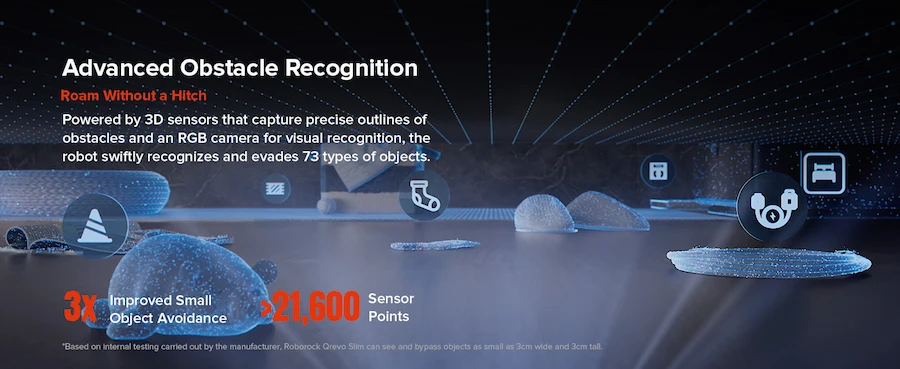
Dreame follows closely with Pathfinder™ SLAM Navigation and AI Action™ + 3D Structured Light cameras for intelligent route planning and object avoidance. It also features the VersaLift™ Navigation system—LiDAR that adapts height for detecting both large and low-clearance areas—and ProLeap™ System retractable legs that step over up to 6 cm obstacles, making its mapping both agile and adaptable.

🏆 Winner: Roborock (narrow win)
Slightly better mapping consistency, especially in cluttered or low-light environments.
Docking Station System
Both brands deliver top-tier auto-maintenance, but with their own proprietary finishing touches. Roborock’s RockDock® Ultra 2.0 goes beyond standard self-emptying and mop washing—it features an intelligent dirt detection system to optimize cleaning cycles, auto detergent dosing, off-peak charging support for energy savings, and fast 150-minute recharge. Its 80 °C hot-water mop wash and warm-air drying ensure hygiene and convenience.

Dreame’s Auto‑Maintenance Base Station matches nearly every function—dust-emptying, mop washing, hot-air drying, and auto water/solution refill—but also benefits from a Self-Cleaning Mop Board, patented Auto-Refill Water System™, and Detergent Auto-Dispensing™, adding extra hygiene and full hands-free refill cycles.
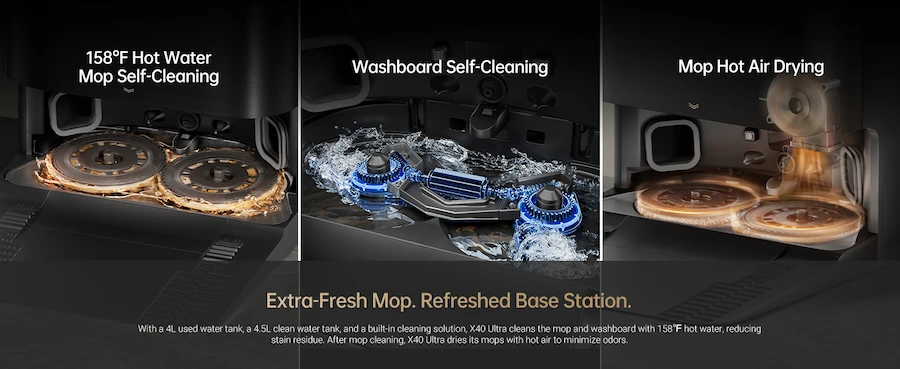
🏆 Winner: Roborock
Hotter mop washing, faster recharge, and broader self-maintenance features.
Obstacle Avoidance & Object Recognition
Dodging clutter has become one of the biggest tech battles in modern robot vacuums.
Roborock’s Reactive AI™ 3.0 uses dual RGB cameras, structured light, and VertiBeam™ lateral scanners to recognize and circumnavigate household items as small as 3 × 5 cm—even in low light. Coupled with its StarSight Autonomous System™ 2.0, the system can identify up to 108 pre-defined objects and includes ScratchFree™ Navigation to avoid skidding or scuffs on delicate surfaces.
Dreame counters with its AI Action™ + 3D Structured Light platform and 3DAdapt™ Obstacle Avoidance, which together detect various household objects in real time—including wires, socks, and small toys. Additionally, Ultrasonic Carpet Detection™ enables the vacuum to sense carpeted surfaces via sonar and adjust suction or mop engagement before engaging, enhancing floor safety and cleaning precision.
🏆 Winner: Roborock
Faster real-world object clearance and superior performance under tricky lighting conditions.
Battery Life & Coverage Area
Both brands equip their entry-level, mid-range, and flagship models with robust 5,200–6,400 mAh batteries, offering multi-hour runtimes that reliably cover 2,600–3,300 ft² in single sessions. Smart power management means both return to base when low and resume cleaning seamlessly (Automatic Recharge and Resume Cleaning Mode™ on Dreame, and fast charge + Off‑Peak Charging support on Roborock, with 30% faster top‑ups).
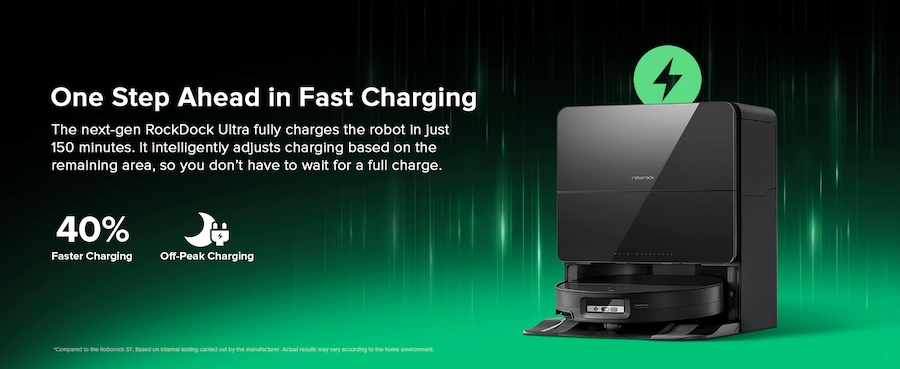
Dreame’s Quick Mapping™ with Dynamic Recharge Optimization allows faster initial scans while minimizing unnecessary charge cycles, while Roborock’s Smart Top-Up™ Charging Algorithm calculates exactly how much power is needed to complete the remaining area. With built-in multi-pass patterns, both prioritize full-coverage — but Roborock’s tighter draw management and faster recharge margins tip the balance.
🏆 Winner: Roborock
Slightly better battery optimization, consistent runtime across full product line, and superior performance stability during intensive cleaning modes.
Conclusion
Both Roborock and Dreame have elevated robot vacuum technology to near sci-fi levels — but they’ve taken slightly different roads to get there.
Roborock keeps raising the bar for refinement. Every detail, from its ultra-stable navigation to its heat-powered mop care, reflects years of polished engineering and software maturity. It’s the brand you pick when you want to know your investment will still feel premium and rock-solid years down the road.
Dreame, on the other hand, is the disruptive force. They’ve essentially packed 90–95% of Roborock’s feature set into machines that routinely cost 20–40% less — often even more aggressive during sales. Their willingness to rapidly roll out newer innovations (like hair-trimming rollers, auto-adaptive rewashing, and broader AI object catalogs) makes them extremely attractive for buyers who want cutting-edge automation without breaking the bank.
Yes, you may sacrifice a small degree of polish in software stability or mechanical lifetime, but Dreame’s feature-per-dollar ratio is simply hard to ignore.
In short: Roborock is the safe luxury bet. Dreame is the aggressive value play.
Both are excellent — but your priorities will pick your winner.

